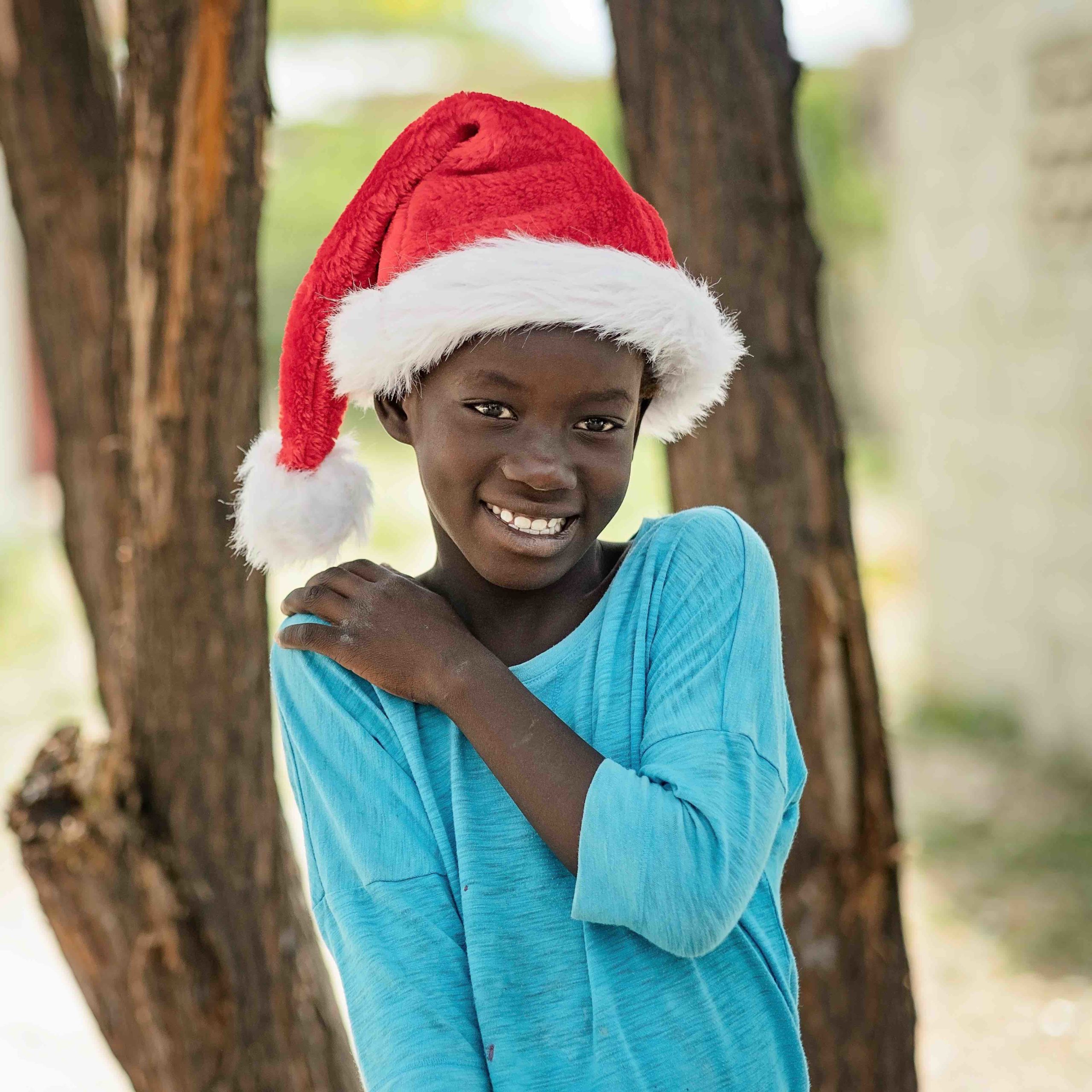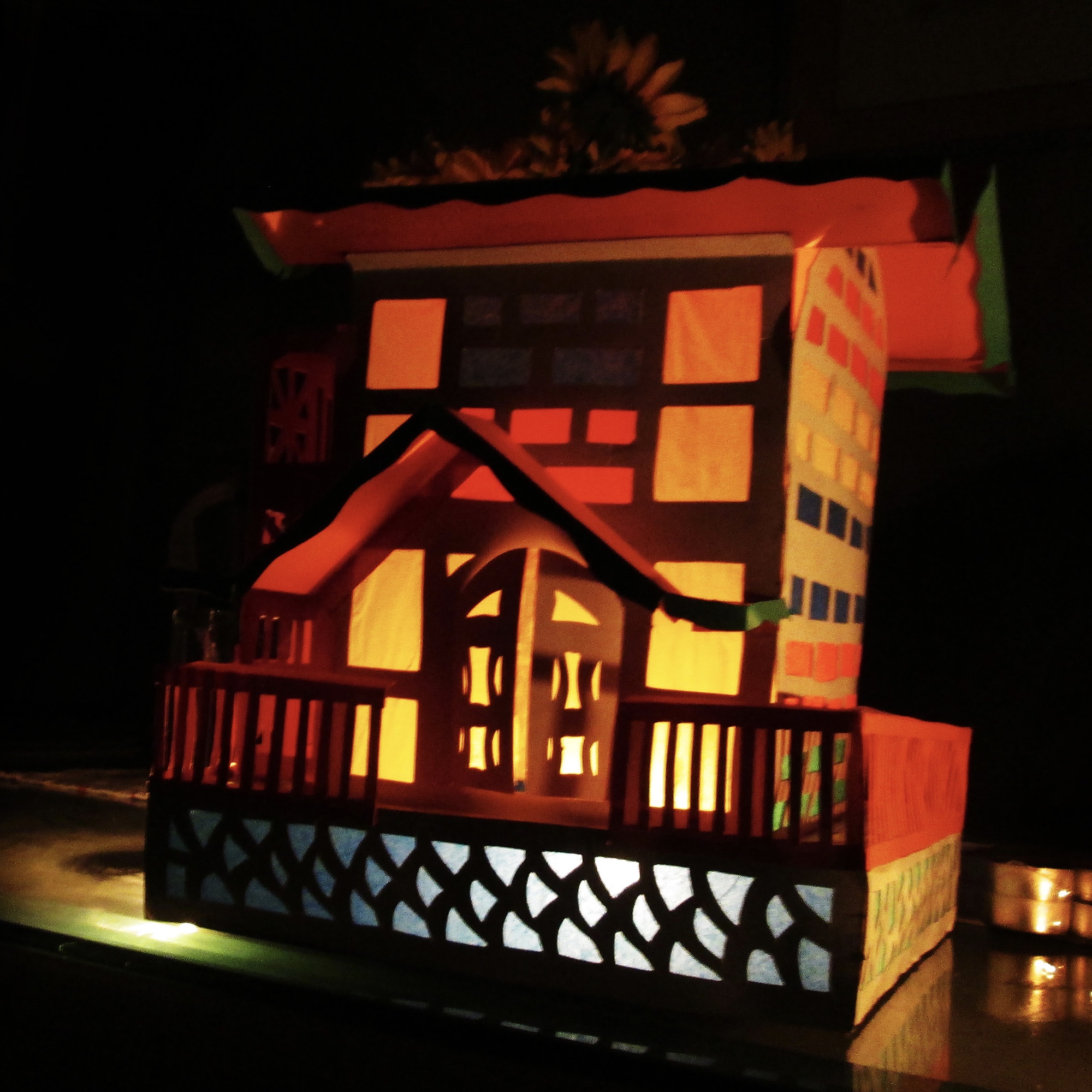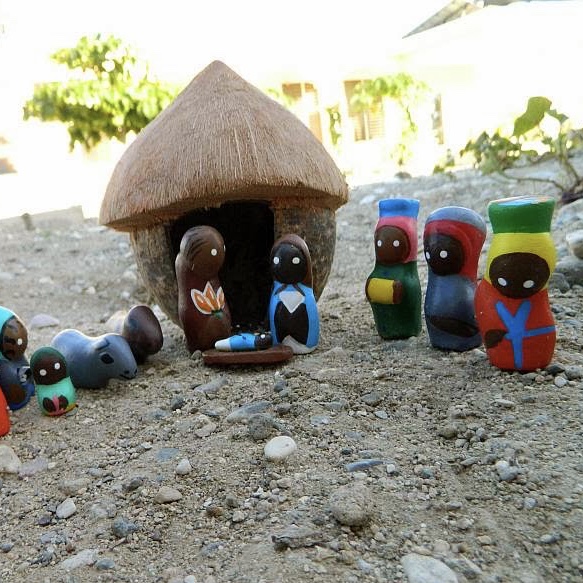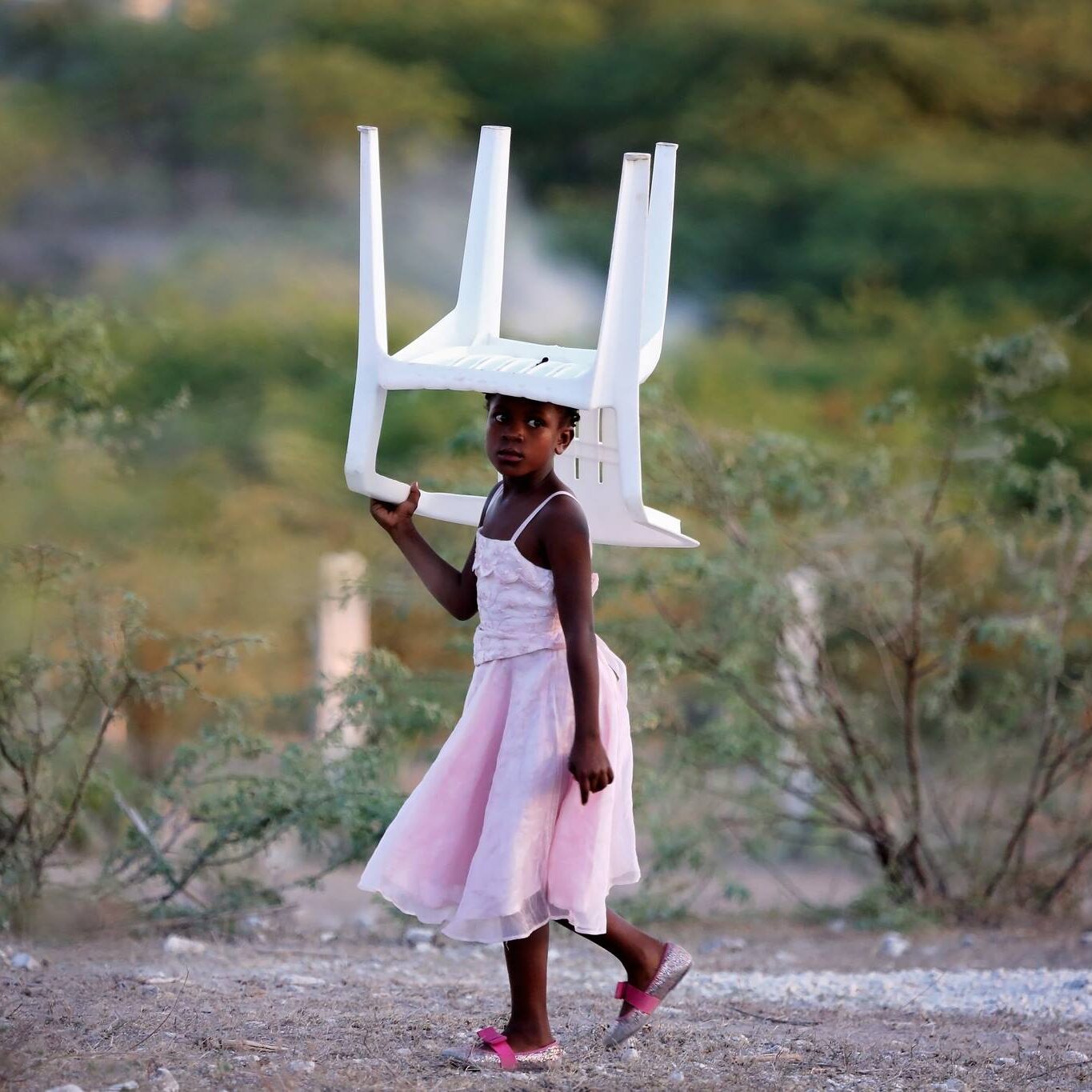
MERRY CHRISTMAS 2024!
Celebrating Christmas in Haiti comes with many special traditions. We hope you enjoy learning a little more about how the people of Haiti celebrate the birth of our Savior.
These traditions vary by location in Haiti and how much extra income one has, but all are just a glimpse of how special Christmas can be – especially to those who know the reason for the season – Jesus Christ.
Gifts of Hope
This Christmas season, there are so many ways to gift hope! At this very difficult time in Haiti you have an extraordinary opportunity to bring hope by providing food, shelter, medical care, new vocations, and more. You can help families rebuild and point children to the hope of Christ.
Christmas Traditions in Haiti:
Reveillon: Christmas Eve is often the day most celebrated in Haiti and Reveillon is an important part of the Haitian culture on this day. “Reveillon” comes from the French word “réveil” which means “waking” and is a time to celebrate the awakening of Christ with a feast. Many people attend late-night church services on Christmas Eve, and this feast is often enjoyed after church with friends and family into the early hours of the morning.
Traditional foods: Christmas dishes can include rice with djon djon (Haitian mushrooms), rice and beans, chicken creole, fried accra, goat, pineapple upside down cake or orange cake. This feast can last the entire night as people dance and sing in celebration. Christmas Day is often a quieter day. Many Christians attend a special Christmas church service and time is spent with friends and family.

Fanal: Fanals are small lantern-like homes that are part of Haiti’s Christmas tradition. A candle is placed inside that illuminates the craft and makes a stained-glass effect. The fanals are a century old tradition that many say were used to light worshipers’ way to church. The word fanal comes from the French word for lantern.
Wosle: This is a game often enjoyed by children over the Christmas holiday. It is similar to jacks and keeps children entertained while parents enjoy their Christmas meals and time together.

Pi Detwal: In some parts of Haiti, children enjoy “pi detwal” which are similar to our 4th of July sparklers. Children love to watch the pi detwal light up the darkness of the night. Pi detwal translates to “rain of stars” which is so fitting!
Tonton Nwél: In wealthier families, children place their shoes, neatly cleaned and filled with straw on the porch or under the Christmas tree on Christmas Eve. Tonton Nwèl (Santa Claus) is expected to remove the straw and put presents in and around the shoes.

Church Services: Some churches in Haiti celebrate Christmas by holding 3-weeks of crusades from the end of November through the middle of December. The late-night services on Christmas Eve (also called a “watch night service”) are popular as they await with great anticipation, the arrival of Jesus, born in a manger.
Isaiah 9:6 “For to us a child is born, to us a son is given; and the government shall be upon his shoulder, and his name shall be called Wonderful Counselor, Mighty God, Everlasting Father, Prince of Peace.”

